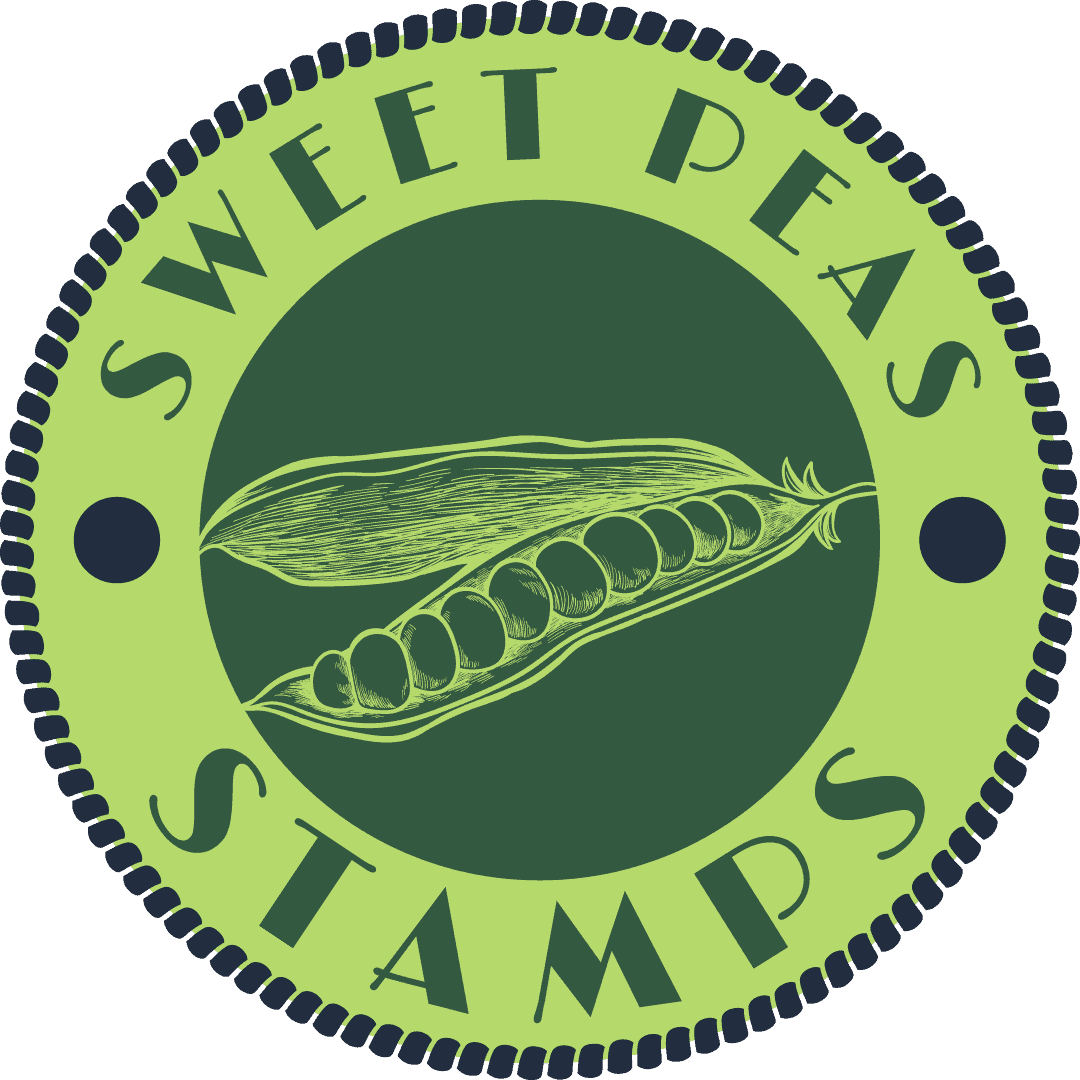What is fine salt? Well, it is sodium chloride, a compound that belongs to the larger class of salts. It is naturally present in large quantities in seawater. So, why does it matter? Read on to find out. Sodium chloride is one of nature’s most abundant elements. What makes it such a great food additive. It also has many other uses, including making dishes, toothpaste, and cosmetics. But what exactly is it?

Fine salt is most commonly used in the kitchen and grocery store. It is a versatile product, and has extensive culinary uses. However, it has a characteristic metallic flavor that can turn off even professional chefs. Therefore, it’s important to know how to use it. But before you start cooking, make sure you have both types of salt in your kitchen. Here’s how to choose the right salt for your recipe. It will make a huge difference!
Table salt is highly iodized, and is used as it is. However, fine salt is processed through a number of methods that reduce its iodine content. The flavor of fine granulated salt is short-lived and does not affect the taste of the dish. For this reason, it is recommended for use in baking both sweet and savory cookies. You can use the same salt for some recipes, while others call for coarse salt. This choice will depend on your personal preferences and the recipes you use.
A good tip for choosing fine salt is to make sure you know the difference between coarse and fine salt. These two types of salt are similar in cooking preferences, but they do have different uses. A little bit of both will make a difference in your dishes. And remember, you should always use the highest quality salt possible in your dishes to get the most flavor and texture. Once you know which kind you prefer, you’ll feel confident using either one.
A fine-screened salt is a variety of sodium chloride. It is sized differently than coarse salt. It is designed for use in livestock rations, where it is better for health. If you’re buying fine-screened salt for human use, it might not be as healthy for you. It can be a better alternative to coarse salt, which is often less expensive and more convenient. The difference in texture is not significant in a recipe that calls for a coarse salt.
The coarse salt, also known as “Flake Salt,” is the best choice for preparing food and beverages. This type has bigger grain sizes than fine salt, and it has a more intense flavor. It’s an excellent choice for food, especially ice cream. It also works well in salads, soups, and pizzas. Aside from cooking, it can be used for other purposes, such as curing and canning.
Fine salt is the most common ingredient in recipes. It comes in different colors, textures, and flavors, and is used in a variety of applications. For example, it’s used in baking, canning, and curing. In addition to cooking, it’s also used for cleaning and canning. The differences between coarse and fine salt can make the difference between your meals, so it’s important to choose the right one for your needs.
The fine salt is essential for canning and pickling. The finer grain salt is more concentrated, which helps preserve the quality of produce. It won’t discolor or contain additives. It’s also non-melting. For the same reasons, it’s an excellent choice for curing. You can use it for preserving foods and vegetables. Just make sure it’s kosher. It’s important to read labels.
While fine salt is more flavorful than coarse salt, it’s also important to consider its nutritional value. It can add more flavor to food. For example, it has more magnesium than coarse salt. A large-grained salt can be added to a variety of dishes, but fine salt is generally more versatile and contains more nutrients. It can be used in recipes and is often referred to as table or cooking salt. A few types of foods can benefit from this kind of salt.
The fine salt is the most popular salt at Redmond Real Salt, and it is the most widely used sea salt in American health food stores. Unlike table and sea, it adds healthy minerals to food. It is also great for seasoning after cooking. It can be used for popcorn. For a variety of applications, it is recommended for all-purpose use. This kind of salt is more expensive than coarse salt, but it’s worth the extra money.
